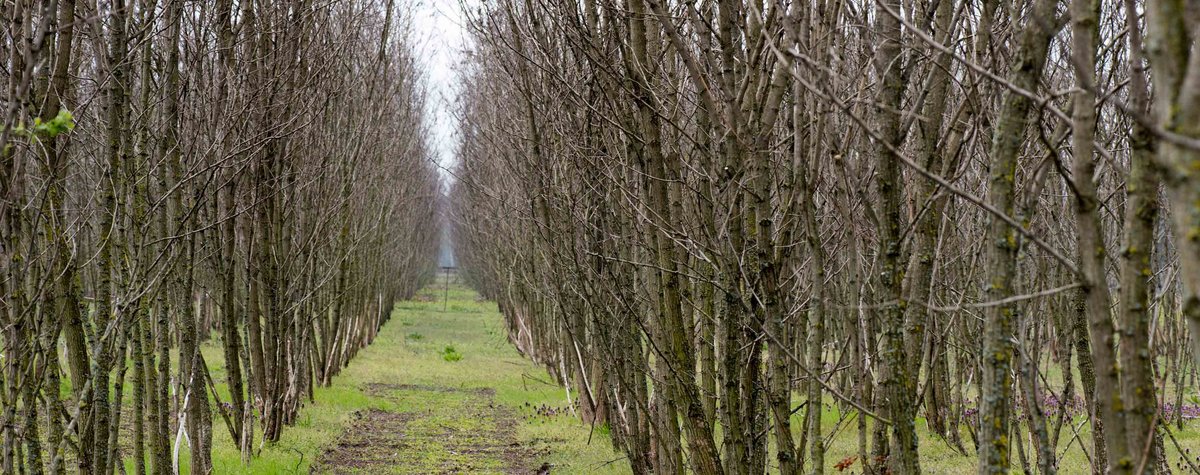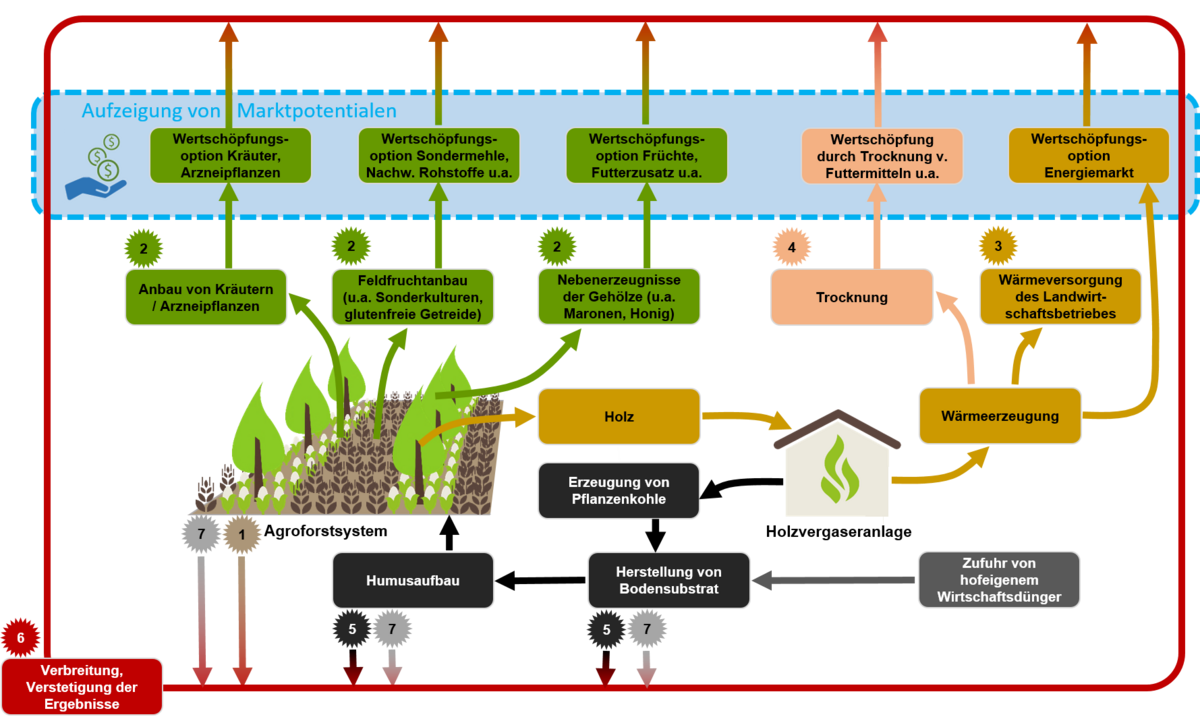
Millet, thyme and rock pears Lusatian agriculture is being made fit for the future with new, old crops and an agroforestry-based circular economy.
If arable crops or grassland are cultivated together with trees and shrubs on the same farmland, they can form the basis for productive and climate-resilient agriculture with high yields. In a new project, scientists are using an innovative plant cultivation kit to harness the benefits of agroforestry for people and the environment.
In Lusatia, the value creation potential of rural areas is closely linked to the production of agricultural products. The aim of the AgroBaLa project is to make regional agriculture more productive in the medium to long term. To this end, scientists led by Dr. Christian Böhm from the Department of Soil Conservation and Recultivation are investigating the agroforestry cultivation of non-native herbs, field crops and woody species.
"Many interesting crops cope very well with the climatic conditions in the region. For example, millet species, buckwheat and herbs such as thyme and sage, as well as various shrub and tree species such as rock pear and sweet chestnut, can grow well in the region's dry soils," says Christian Böhm.
Agroforestry systems are characterized by numerous advantages. "For example, they cause a significant reduction in wind speed and in this way contribute to effective protection against soil erosion by wind," Christian Böhm knows. "This is particularly relevant for the sandy soils of Lusatia."

Other advantages are obvious: for example, the strong evaporation of water stored in the soil can be reduced and its humus content increased, so that more water is stored in the future. In addition, agroforestry systems promote habitat and thus species diversity in agricultural areas.
The crop management kit to be developed by the researchers will allow farms to customize the agroforestry systems approach to their individual farm needs. "This will allow them to pick out modules that make sense for them and provide them with comprehensive information on crop production aspects, ecosystem services, utilization options, and general business, social and legal conditions," says project leader Dr. Christian Böhm.
The scientists are also focusing on the perspective of product buyers and users. For example, in cooperation with a bakery, the project will investigate the extent to which drought-tolerant cereals such as teff have the potential for new value-added paths in Lusatia. "For economic success, the networking of very different actors of potential value creation paths is indispensable," says Christian Böhm.
The aim of the scientists* is to encourage a shift in thinking from a strongly sector-oriented pure crop cultivation to a systemic-integrative crop cultivation approach.
Background to agroforestry systems
Agroforestry systems are forms of land cultivation in which arable crops or grassland are grown and used together with woody plants on a cultivated area. The age, distribution, and arrangement of woody plants can vary widely.
In countries with industrialized agriculture, agroforestry systems are mostly grown in strips. This allows best agricultural management practices to be maintained and large-scale agricultural equipment to continue to be used to manage the cropland strips located between the woody strips. An essential feature of all agroforestry systems is existing interactions between woody and arable crops. The synergy effects associated with this are used profitably in agroforestry.
